Author: Sanjiv Phansalkar
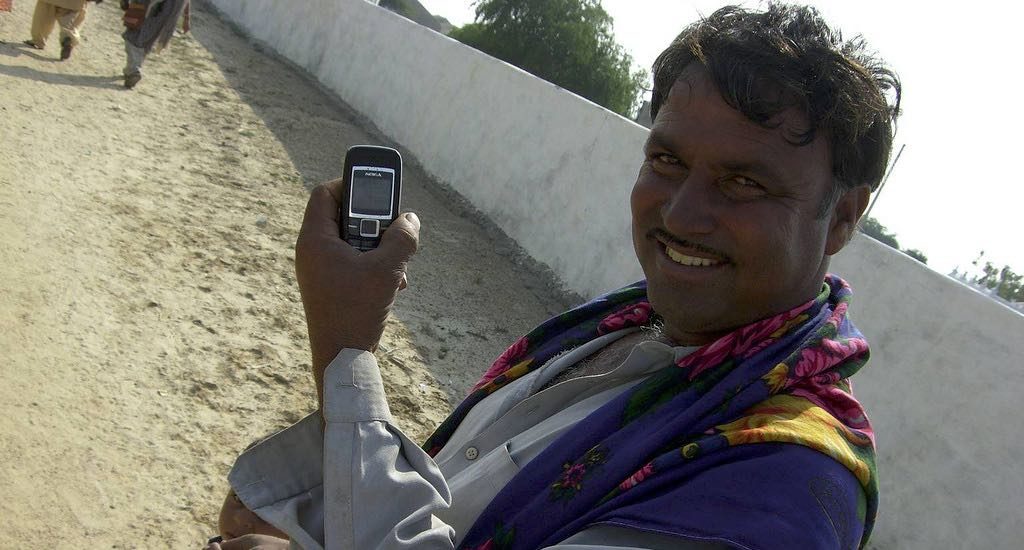
How to spread technology rapidly among the poor?
The remarkable spread of mobile phones and related telecom infrastructure throughout India holds important lessons on how to reach latest technology to the rural poor at a fast clip, and how unit costs can be optimized
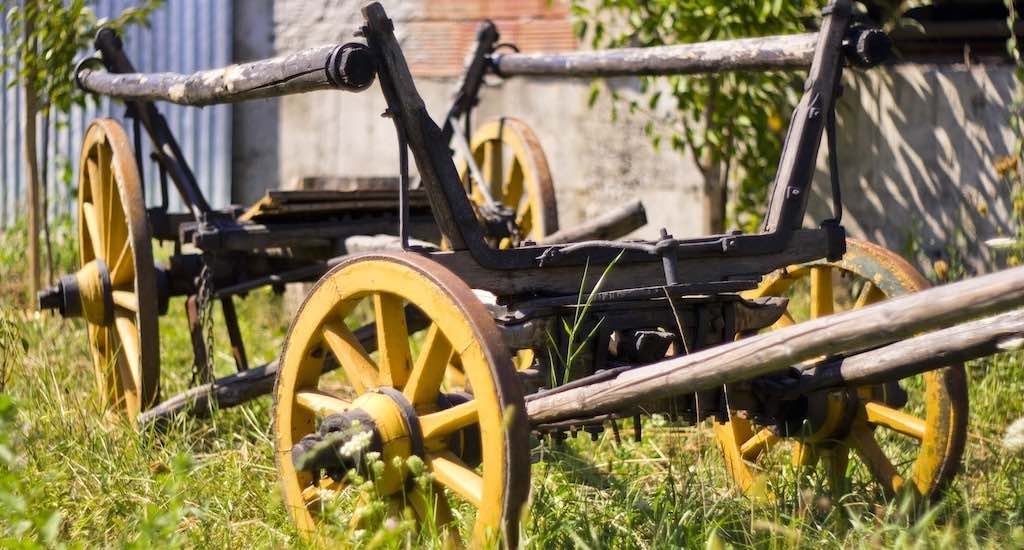
What technology does the poor need?
Although it is true that the poor needs affordable technological solutions that meet their requirements, these solutions frequently fail to account for their aspirations and often do not offer what the user really wants

Does rural India have a level field for opportunities and aspirations?
Unless children growing up in India’s villages have access to equality of opportunity in its broadest sense, it is unlikely that they will ever be able to soar like a kite but will be condemned to live the life of a grasshopper
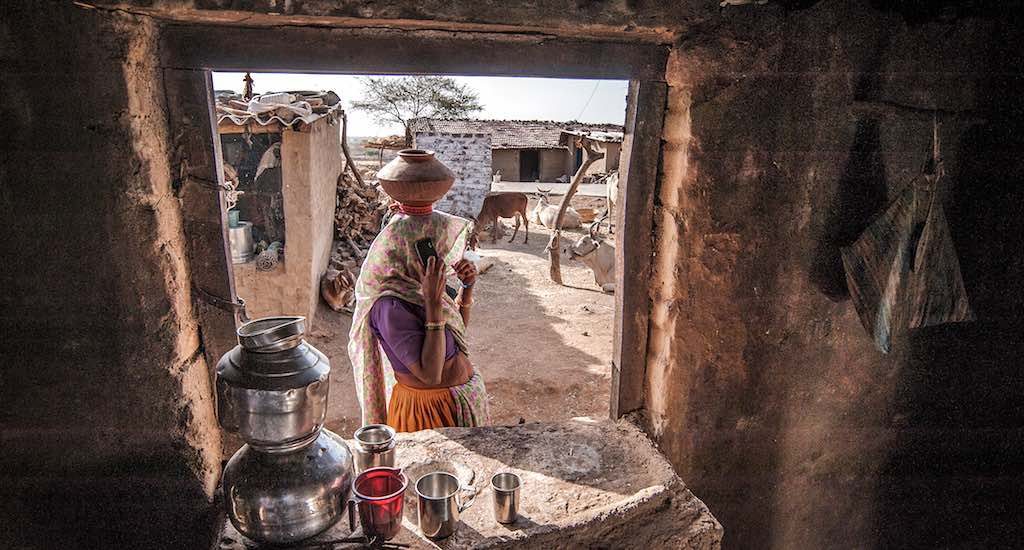
Digital inclusion still far from rural India
Even as a digital revolution sweeps across India, people in the more impoverished and remote parts of the country have to struggle to bridge the digital divide and a level playing field is still a distant dream
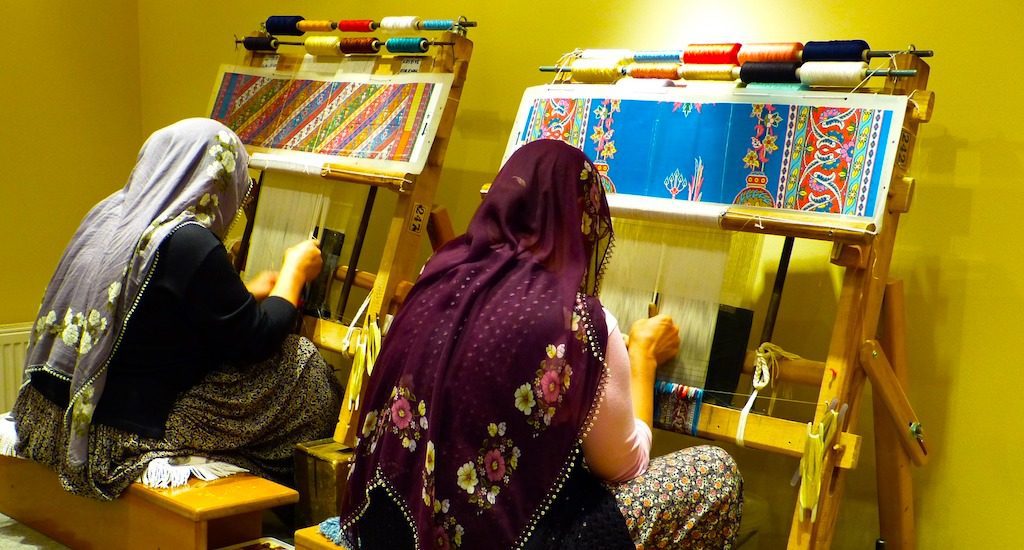
What stops rural enterprises from growth and prosperity?
Any external intervener who seeks to promote rural enterprises must create credible incentives for villagers to make proactive lifestyle adjustments to become reliable and highly productive producers
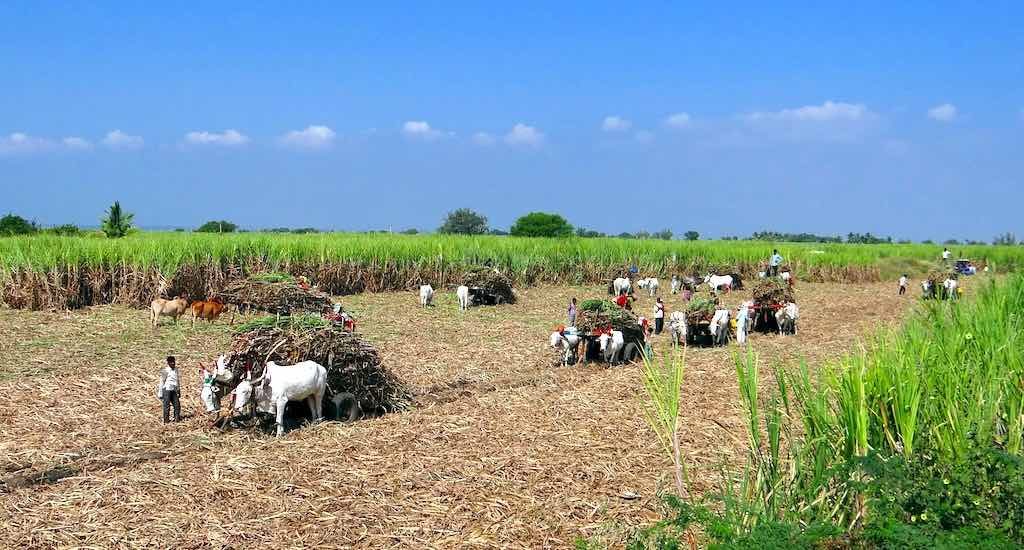
Better nurture needed for new producers’ organizations
Development professionals managing newly formed farmer producers’ organizations, while high on technical and social skills, have to be more market and management savvy to strengthen these nascent entities
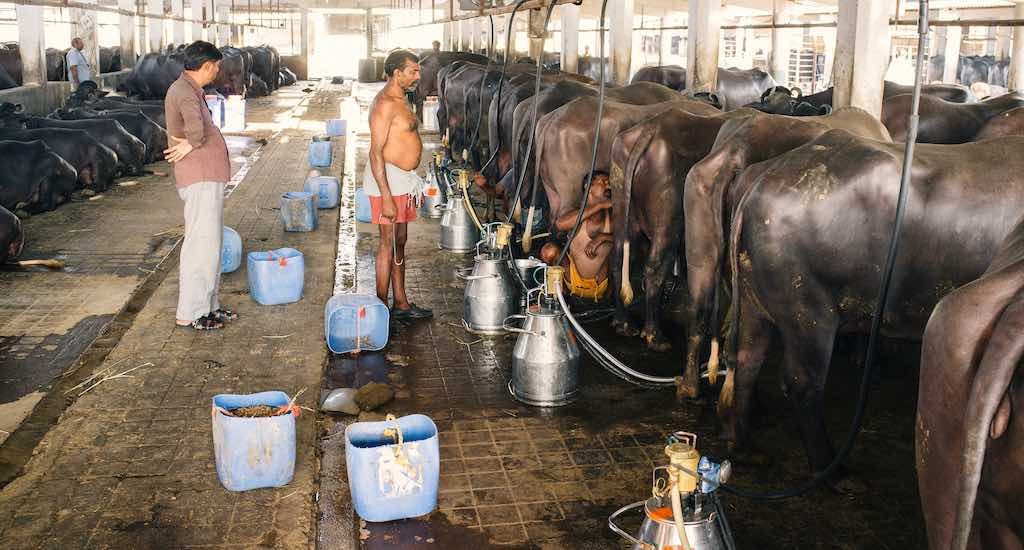
Antenatal care of producer enterprises missing in India
If producer companies that aim to benefit poor farmers are to succeed in India, critical factors such as a sense of ownership, correct assessment of economic environment and social capital need to be better thought out
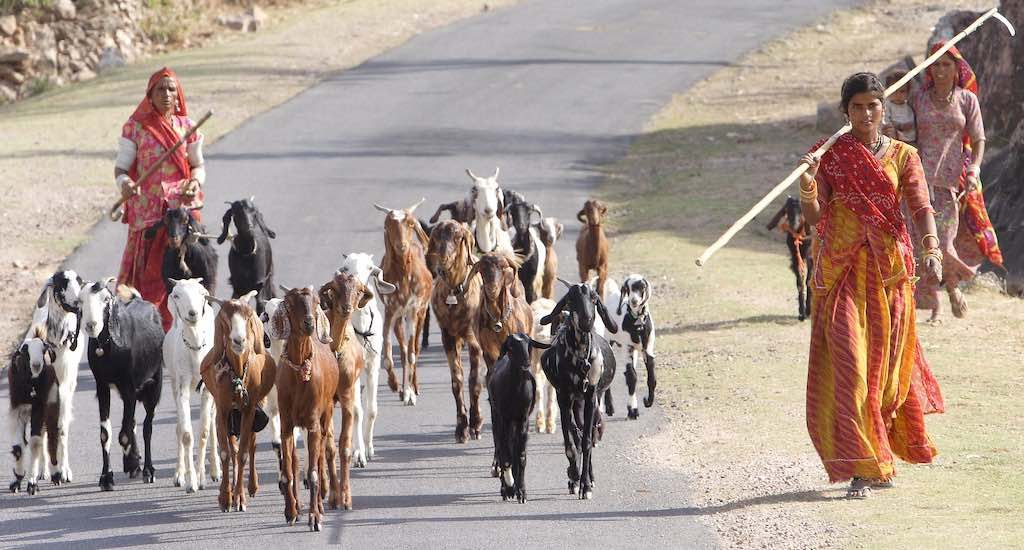
Broadening domains for micro-enterprises in rural India
The promotion of micro-enterprises in villages to meet the large demand for livelihoods would benefit from out-of-the-box ideas that move beyond hackneyed activities like making papads and pickles
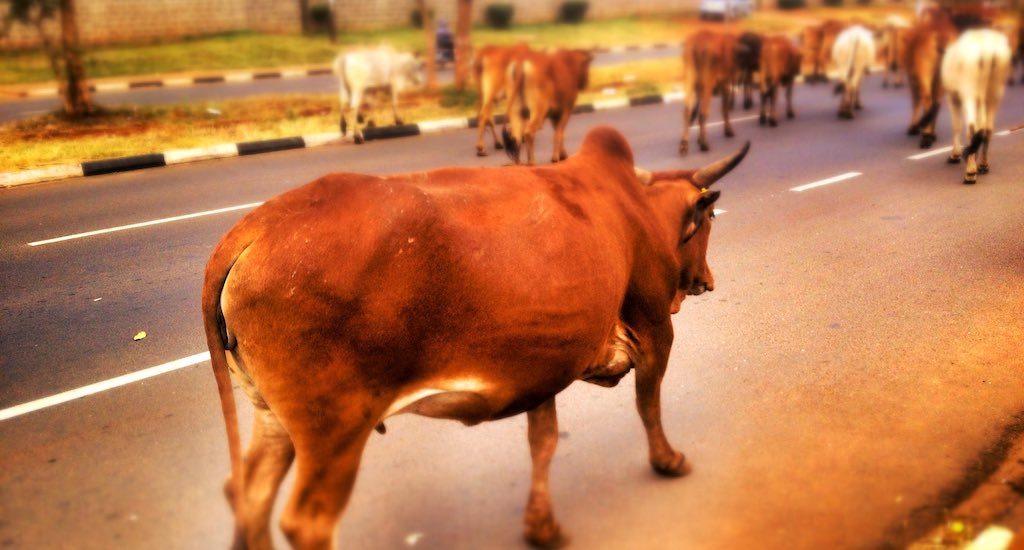
Flayers and leather workers are victims of thick-skinned polity
Leather workers and people who deal with cattle carcasses remain an oppressed minority in villages across India, languishing at the bottom rung of rural society and ignored by governments at all levels
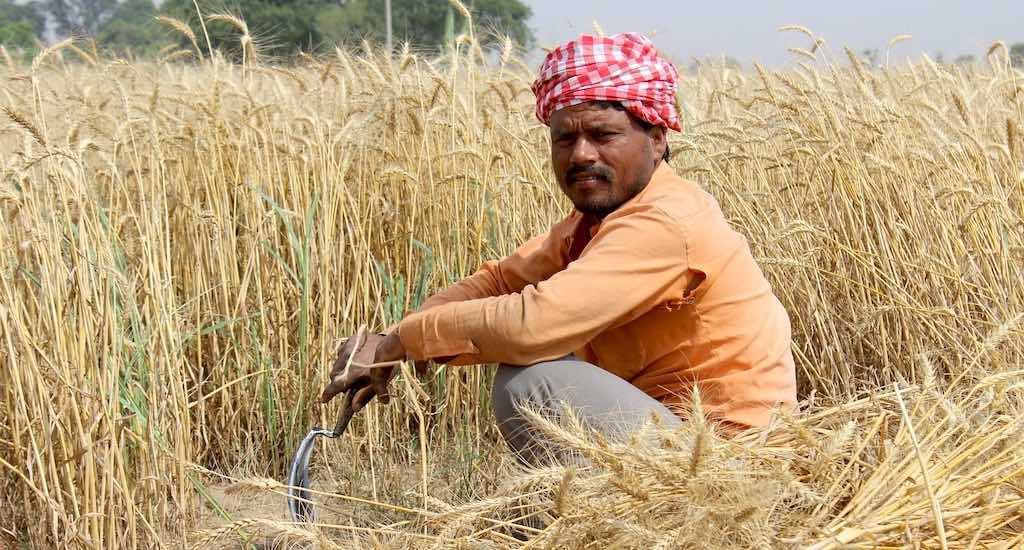
Hiccups of clean growth or wages of stupid policy?
Should we opt for an economy that thrives on facelessness and tax evasion just because it supports livelihoods of a class of the poor, or should we opt for a more formal and compliant economy, knowing that there will be hiccups?
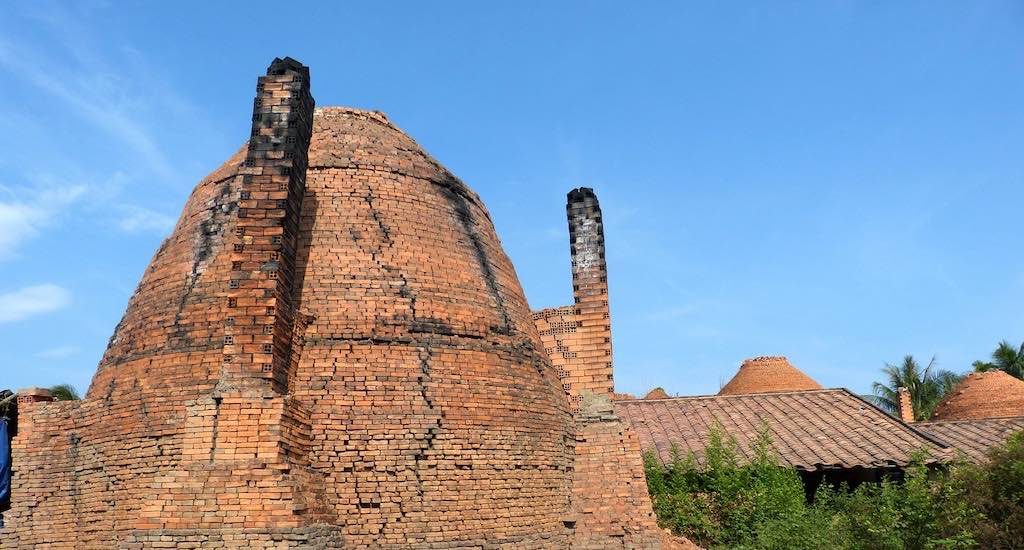
How can we kick-start Make in Rural India?
A significant portion of the government’s flagship Make in India initiative can be realized in the country’s rural areas through enterprises that have potential to benefit and provide employment to a large number of people
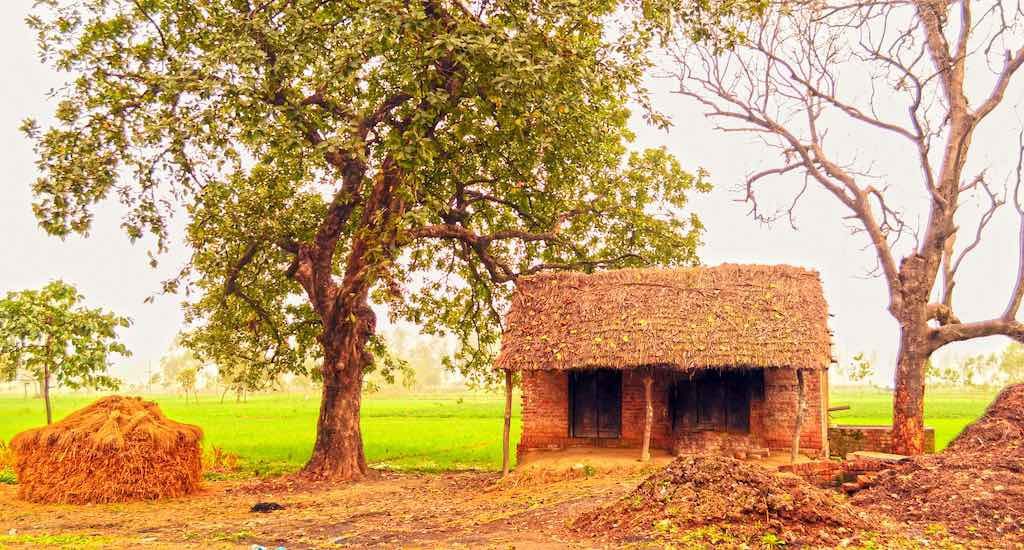
Sagging spirit of Prime Minister’s model village scheme
Has the Sansad Adarsh Gram Yojana, aimed at all-round development of three villages chosen by each Member of Parliament, made any significant impact on the ground?

Medicinal herbs can form a base for rural enterprises
There is a potentially large livelihoods and enterprise potential in the medicinal herbs sector, which is sadly neglected by grassroots development professionals and ignored by the government despite an acute shortage of modern healthcare services in rural India

It’s time to explore new possibilities in village enterprises
A new generation of rural businesses are being established to cater to the changing needs of the countryside that require very little capital infusion to start and expand. There is now a need to put in place a financial ecosystem for these enterprises to thrive
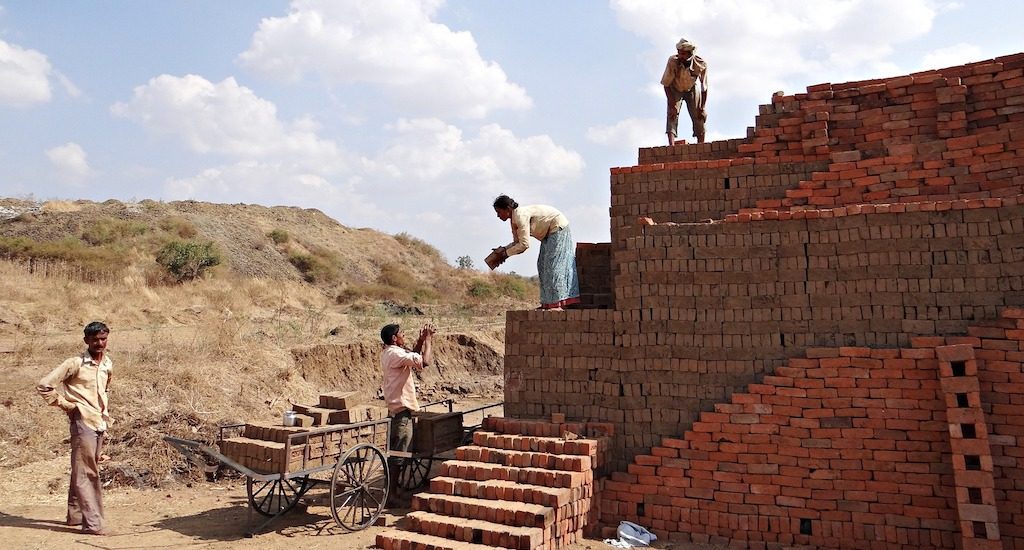
Non-farm enterprises as job creators in rural India
Targeted interventions and managerial assistance to promote non-farm rural enterprises have the potential to create a large number of jobs in the countryside while at the same time stemming the flow of distress migration
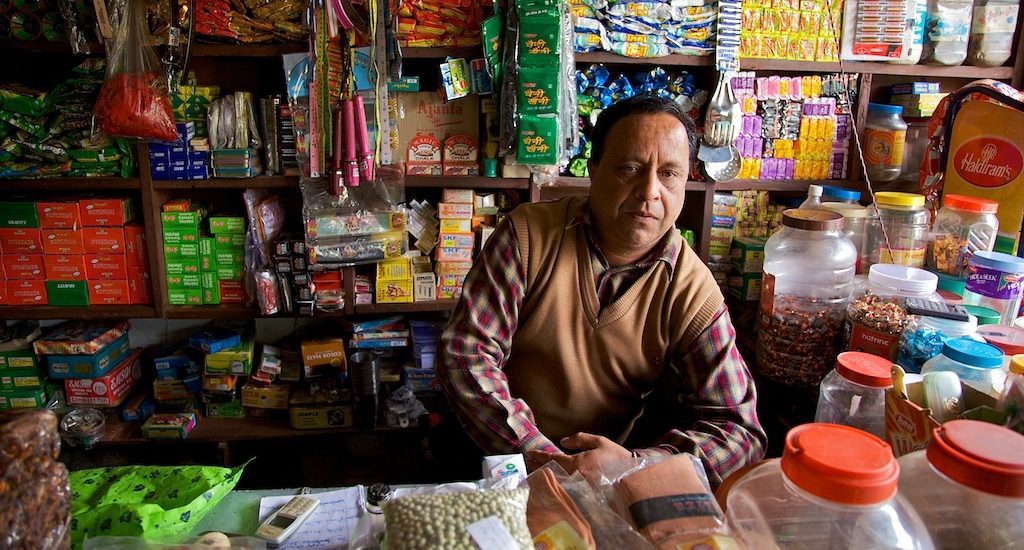
Village entrepreneurship as a key to rural growth
The active promotion of enterprises in rural India is a possible way to further growth in the countryside and there’s need to examine their possibilities and limitations in order to tackle the problem of burgeoning unemployment
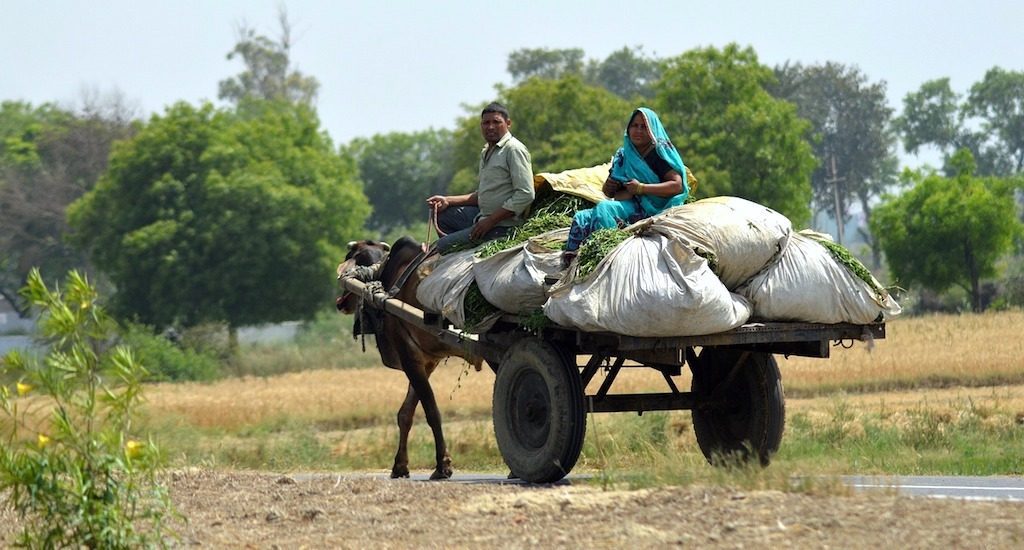
Is direct benefit transfer really a panacea for the rural poor?
Given the complex and varied situations in rural India, the results of the direct benefit transfer method are so far mixed at best and debilitating at worst, as seen in the subsidies for farm equipment and fertilizers
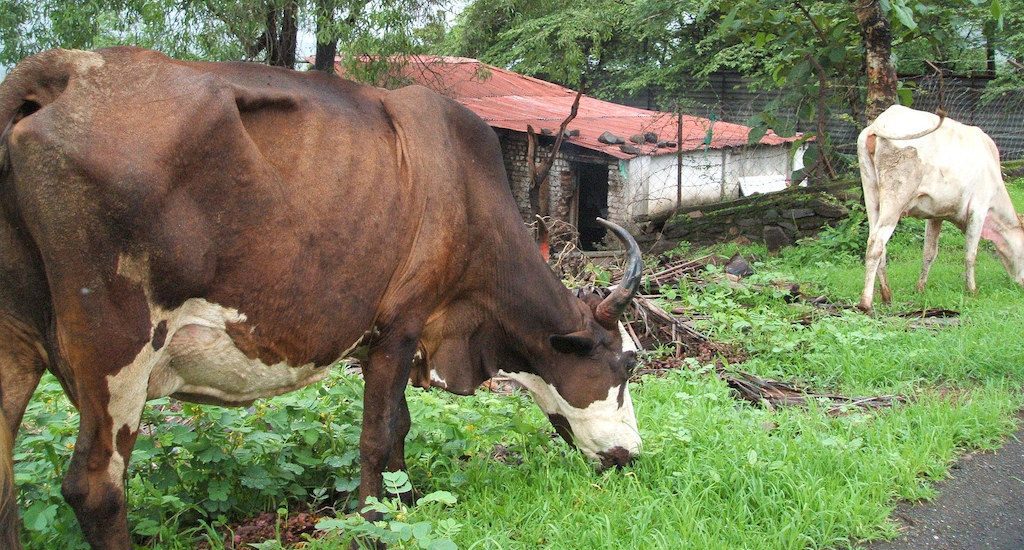
For some more blades of grass
Instead of raising a hue and cry to protect cows, more immediate action is required to make fodder available to the large cattle population in the country by controlling the menace of unwanted shrubs and weeds in India’s pastures and forests
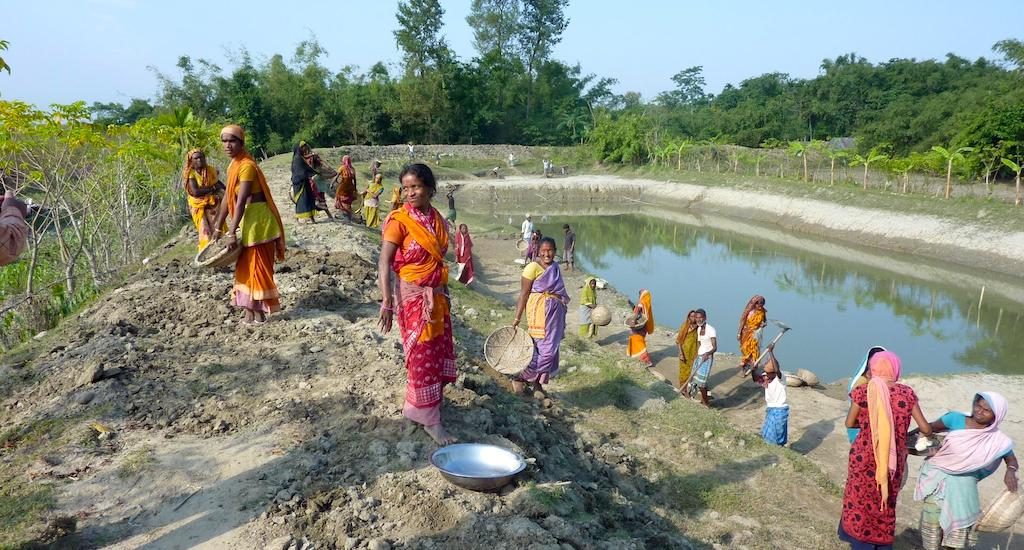
Water control is the strongest anti-poverty measure
Once we realize that one size does not fit all, it will be easier for the government and civil society organizations to tailor strategies to manage water in the different agro-climatic regions of the country that truly benefits the rural poor
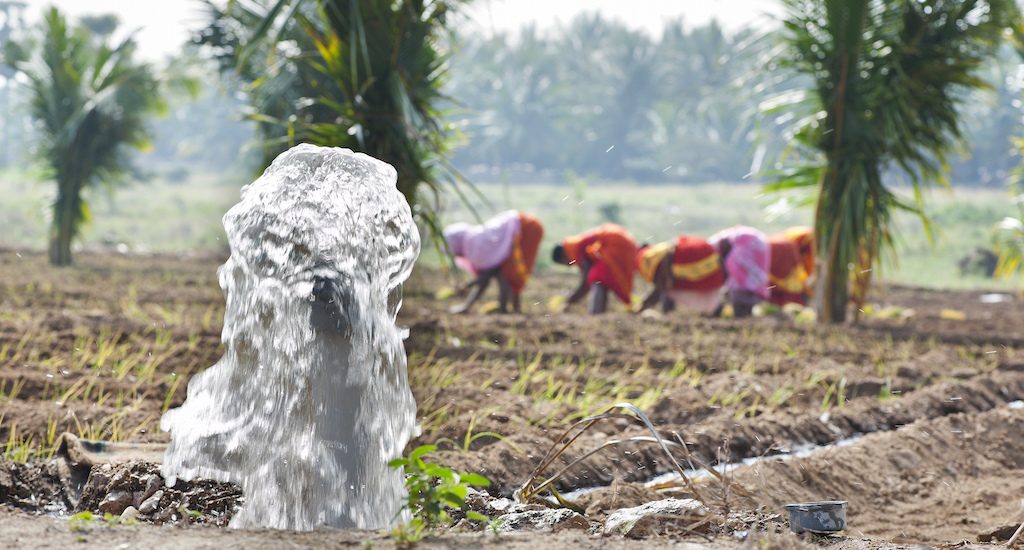
Small pumps are a viable solution for poor farmers
Although small pumps for irrigation doesn’t get the attention it deserves, evidence from groundwater-rich states such as Assam, Jharkhand and Odisha show that they have significant benefits for small and marginal farmers